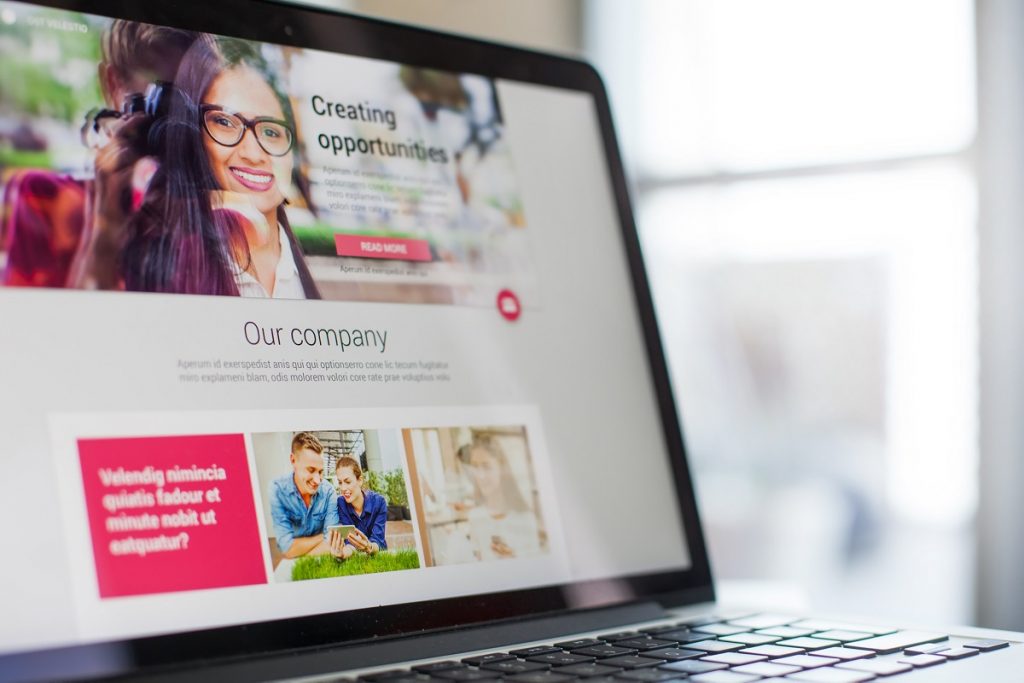The internet has become central to the lives of almost every person on Earth. Every day, more than half of the entire world’s population (or 4.66 billion people as of January 2021) access the internet regularly for work, for school, to shop, to be entertained, to connect with loved ones or strangers, to read the news, to learn new information, and for a myriad of other tasks.
The internet is a landscape where opportunities are abundant – for non-disabled individuals. In the modern age, the internet is still catering mostly to users who are not living with some form of disability. A significant number of people cannot access parts of the web because they have a temporary or permanent disability.
The Internet: Still not for Everyone
According to the World Health Organization, over 1 billion people around the world live with some form of disability, and the number is rising because of increasing chronic health conditions and other factors.
When businesses fail to make their websites inaccessible to people with disabilities, they ignore the needs of a significant portion of the population. People who live with disabilities are paying consumers, too. They are capable of financially supporting businesses, just like anybody else.
Most of all, it is their right to access content, products, and services on the web. The Americans with Disabilities Act (ADA) requires that businesses accommodate people with disabilities. On the internet, ADA site compliance means that it should be accessible to users who are visually impaired, have low vision, hard of hearing, and need screen readers and other assistive technologies.
Moreover, those that do not comply with the requirements are vulnerable to lawsuits. As a real-world example, Beyonce’s Parkwood Entertainment was sued for failing to accommodate visually impaired users in 2019.
Parkwood Entertainment is, of course, not the only business that does not comply with the requirements set by the ADA. There are still a lot more issues that need to be addressed to develop an internet that is welcoming of everyone.
Businesses can start with making their websites and applications compatible with screen readers.

Screen Readers: the Gateway to the Internet for People with Visual Impairment
There has been plenty of discussions about making websites mobile-friendly. Most consumers are accessing online platforms through their smartphones or even smartwatches. Therefore, there is a need for website owners to ensure that web pages can adapt to the different sizes of screens.
However, not a lot is being said about prioritizing making websites accessible through a screen reader.
To a person who is blind or has low vision, a screen reader is their primary way to get around and use the internet. The technology works by turning display text into speech or Braille.
However, it is only functional if the website that the user is viewing has text. If the web page is purely images or videos, there is no text for the screen reader to process. The device will read the media as “graphic” or will provide the numbered file name which is not helpful to the user.
This is the case for a lot of internet users who have a visual impairment. When they use screen readers, a lot of websites become inaccessible. They, therefore, cannot do tasks that are simple and easy for other people such as shop online or stream media.
One study surveyed hundreds of websites and found that more than 70 percent are inaccessible to people with disabilities. These websites include presidential campaign sites and some top retailers that should have the resources to make their platforms available to everyone.
Ways to Make Websites Compatible with Screen Readers
Most websites are not built for accessibility. A lot of tools and design choices made to develop an online platform clash with the functions of screen readers.
A huge and most common problem is the “click here” link. It would be easy for people who can see to bring their mouse cursor to the highlighted text but, to someone who has a disability, it is too vague. Those who use screen readers take a keyboard shortcut that lists all the links available on the webpage. When they do, there is no surrounding text to help them tell each link apart. Websites should make links descriptive to inform all users what they are actually clicking on the website.
Images should also have detailed descriptions. All social media sites, including Instagram and Twitter, already do this.
In addition, keep the layout of the webpage simple. A busy page is too hard for anyone to navigate, but especially for users who access the web using screen readers. Keep it clean and succinct.
The internet is a basic human right, but by ignoring the needs of people with disabilities, access to it becomes limited. Businesses should strive to keep people with disabilities in mind when designing their online platforms to ensure that everyone has equal access to content, not just because it leads to increased sales but because it is the right thing to do.
